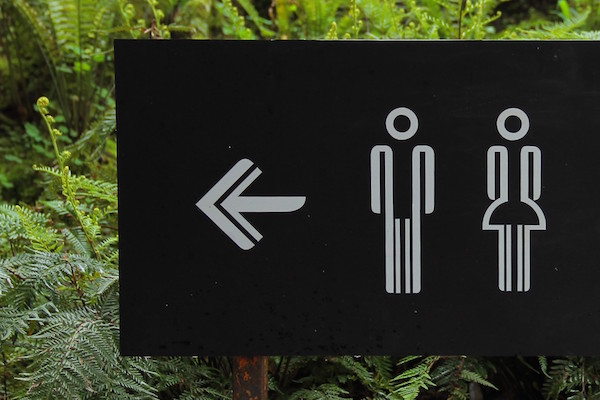5 Different Types Of Urinary Incontinence | Tennessee Valley Urology Center

Accidentally leaking urine is a medical condition that impacts millions of Americans–typically women. According to the American Urological Association, about 25 to 33 percent of men and women in the US have this condition, called urinary incontinence. Tennessee Valley Urology Center is happy to help shed some light on this often embarrassing problem by explaining the various types of incontinence.
Stress Incontinence
When urine leaks due to a weakened pelvic floor and weak pelvic muscles and tissues, it’s called stress incontinence. It typically happens with increased pressure on the bladder–think of activities like exercising, laughing, sneezing, or coughing. Of course, the stress of pregnancy and childbirth can sometimes weaken the pelvic floor muscles, along with being overweight or obese, taking some types of medications, or having had prostate surgery.
Urge Incontinence
You’ve probably heard of overactive bladder (OAB). This is also known as urge incontinence. This is when you feel an urgent need to go to the bathroom but may not be able to get to a toilet in time.
There are a number of causes of overactive bladder which may include:
- Damage to your bladder nerves
- Damage to various parts of your nervous system
- Damage to your muscles
- Certain medical conditions like multiple sclerosis, Parkinson’s disease, diabetes, and stroke
- Bladder infections or bladder stones
- Certain medications
Overflow Incontinence
Sometimes a person cannot seem to empty their bladder, and they find it frustrating because they dribble urine. This is known as overflow incontinence.
Its causes may include:
- Weakened bladder muscles
- Nerve damage
- Tumors or an enlarged prostate which blocks the flow of urine
- Constipation
- Certain medications
Overflow incontinence is more than a nuisance and requires medical treatment. To avoid infection and other complications, your bladder must be able to empty itself.
Functional Incontinence
Sometimes a mental condition like dementia, or a physical problems such as arthritis can prevent a person from making it to the bathroom in time. This is called functional incontinence.
Mixed Urinary Incontinence
When a patient suffers from two types of incontinence, we call this mixed incontinence. For example, women frequently have stress and urge incontinence.
We know that that no one likes to talk about incontinence. The condition is often embarrassing and stressful for a patient and they may be tempted to try to ignore their problem and cope as best as they can alone. But you should know that there is hope! We can assist you with a variety of treatment methods to bring relief to your condition. Visit our website today to learn more about our center.
